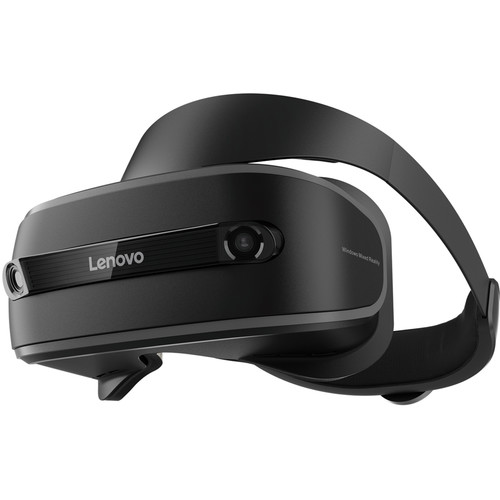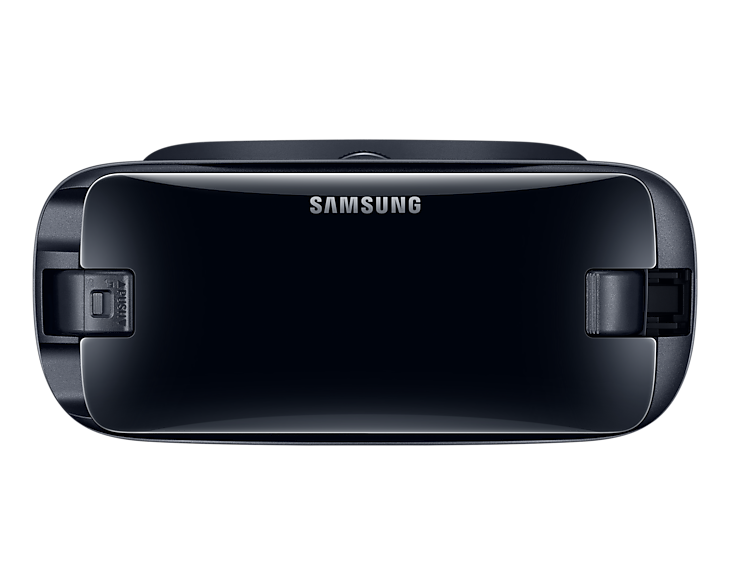Samsung Gear VR vs Lenovo Explorer
When you compare the Lenovo Explorer to the Samsung Gear VR you can see which VR Headset is better. Let's take a look of the comparison, and see which model of VR Headset out ontop.
 Lenovo Explorer
Lenovo Explorer3.7
Based on 6 reviews
Lowest prices
 Samsung Gear VR
Samsung Gear VR3.9
Based on 6 reviews
Lowest prices
What VR Headset is better?
When it comes to virtual reality headsets, the two most popular models on the market today are the Lenovo Explorer and the Samsung Gear VR. As an expert technology reviewer that has used both products, I can offer a thorough comparison of their respective features.
To start, let's look at the Lenovo Explorer. This PC-powered headset offers a 110° field of view with 2880 × 1440 px resolution and 90 Hz refresh rate, which is great for those who want more detailed visuals from their VR experience. The minimum requirements for this headset are an Intel Mobile Core i5 Dual-Core processor with Hyperthreading and Intel HD Graphics 620 (GT2), so it will run smoothly even on lower-end PCs. Additionally, this headset provides room scale tracking along with 360° tracking capability. All in all, these specs make the Lenovo Explorer one of the most powerful VR headsets out there and suitable for many different applications.
The Samsung Gear VR is another popular choice among virtual reality enthusiasts; however, its specs don't quite measure up to those of the Lenovo Explorer. It has a smaller field of view at 101° along with 2560 x 1440 px resolution and 60 Hz refresh rate — still enough to provide an enjoyable experience but not as detailed as what you would get from other models like the Lenovo Explorer. Additionally, since it is powered by Android phones instead of PCs or gaming consoles, its operating system isn't as robust nor as capable when it comes to high-resolution graphics processing. Still though, if you're looking for something affordable yet functional enough for basic media consumption and exploration within various apps, then this could be worth considering too.
After using both devices myself I must say that my personal preference leans toward the Lenovo Explorer due to its powerful specs and flexibility in terms of performance output — plus its room scale capabilities open up more possibilities when it comes to immersive experiences than what you'd get from other headsets such as Samsung's Gear VR model. That said though I would also highly recommend trying out either model first hand before making any final decision — only then can one truly appreciate just how far we've come in terms of virtual reality technology!
Specs comparison between the two VR Headsets
| Lenovo Explorer | Samsung Gear VR | |
|---|---|---|
| Overview | ||
| Brand | Lenovo | Samsung |
| Model Name | Explorer | Gear VR |
| Release Date | 2017 | 2017 |
| Country of Origin | China | South Korea |
| Category | PC VR | Smartphone VR |
| Battery Life | 12 h | 3 h |
| Display | ||
| Field of View | 110° | 101° |
| Resolution | 2880 × 1440 px | 2560 x 1440 px |
| Refresh Rate | 90 Hz | 60 Hz |
| Display Type | LCD | Display of inserted smartphone |
| Minimum Requirements | ||
| Min. CPU Required | Intel Mobile Core i5 Dual-Core with Hyperthreading | |
| Min. Graphics Required | Intel HD Graphics 620 (GT2) | |
| Min. RAM Required | 8 GB | |
| Operating Systems | Microsoft Windows | Android |
| Sizing | ||
| Weight | 380 g | 345 g |
| Dimensions | 185 × 95 × 102 mm | 207 × 121 × 99 mm |
| Features | ||
| Room Scale? | YES | YES |
| 360 Tracking? | YES | YES |
| Positional Tracking? | YES | No |
| Front Camera? | YES | No |
| Eye Tracking? | No | YES |
| Usable with Glasses? | YES | No |
| Cooling System | No | No |
| Built in Headphones? | No | No |
| Built in Microphone? | No | No |
| Flip Visor? | YES | No |
| Voice Command? | YES | YES |
| IPD Adjustment? | YES | No |
| Lens to Eye Adjustment? | YES | YES |
| USB? | YES | YES |
| MicroUSB? | YES | |
| Display Port? | YES | YES |
| Mini Display Port? | YES | |
| HDMI? | YES | No |
| MicroSD? | YES | |
| Bluetooth? | YES | YES |
| Wifi? | YES | |